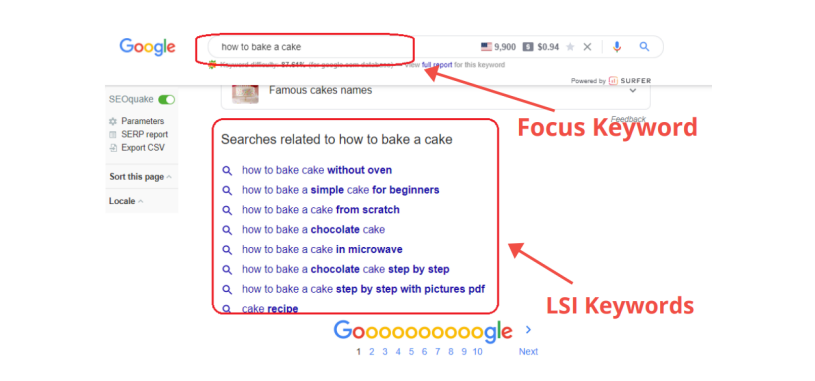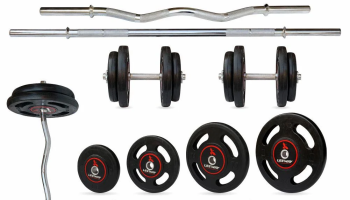When you find a suitable niche, you are excited to pen them down. Hold
your horses!
You did keyword research to determine a suitable niche. You did great. But, keyword
research is more than that.
Through keyword research, you are about to plan what and when to write. How much to
write? You may consider it one of the most effective SEO strategies in the blogging arena.
Mustering on keyword research will give you an extra boost towards the goal.

What is a SEO Keyword – What Keyword Research Mean
Just in case Keywords or SEO Keyword Research sounds unfamiliar to you –
Keywords are the words or terms searched on Google or any other search engine by
Internet users.

For example, you wish to know how to bake a cake. You are looking for the recipe in the
Internet. You open Google and enter your queries such as –
- How to Bake a Cake
- Baking cake recipe
- How can I bake a cake
- Method of baking cakes
There could be many terms used just for a single query, and each of these terms has
a different search volume in Google. However, each of these terms is called
keywords.
Now, when it comes to SEO (Search Engine Optimization), our focus is to target the
keywords that are easier to rank on Google. In the meantime, we must look for the search
volume and competition of the keyword.
The idea of SEO Keyword Research is –
High search volume: Larger the number of people searching for this certain keyword on
Google. This means the possibility of a larger amount of visitors.
Low competition: The smaller the number of websites posted about a certain keyword or
topic, the lower the number of competition to rank on Google.
The goal here is to rank on the Google for a better exposure. When you target a
keyword that has a high search volume and less competition compared to other related
keywords, that’s where SEO Keyword Research comes in.
How to Do SEO Keyword Research
There are many paid and free tools available for SEO keyword research. Combining
your idea and such tools will get you the best keywords to post your blogs in the long
run.
Alternatively, you can get the job done manually too. Whichever method you choose,
there are some vital steps you have to take.
Step 1: Studying Your Niche
Dive deep into your chosen niche to learn more about it. Small or big, when you study
more about the niche you already have chosen, you will get out-of-the-box ideas. This
can later be your weapon for a better SEO strategy.
Here are the tips to study your niche better –
- On social media, follow the trending hashtags, and join community groups. Spot what they talk about mostly.
- Join forums and community sites. See what kind of content they share or discuss the most. Pick the topics that have more engagement.
- Read blog content written on the same niche. Look for the most used terms they use while talking about the niche.
- Engage with existing audiences and try to understand more about their problems and interests in the same niche.
Step 2: Defining Your Goal
Your blueprint always begins with defining the prime goal. Before defining your goal, ask
yourself –
- Who you are?
- What is your business about?
- What makes you stand out from the crowd?
- What’s the purpose of your website?
- What promises have you made through your website?
When you find the answer to these questions – the next step is to specify the goal of
your blog site.
Defining your goal will help you build an SEO strategy. The search terms or keywords you
are about to focus should point towards your prime goal.
Pen down the end goal, and draw charts to build a complete framework of your work to be done.
Step 3: Create a List of Relevant Topics
Based on your target niche and goal, create a list of related smaller topics to be written
and rank on the search engine.
These topics need to be relevant to your niche and target audience interest. These
topics are later to be broken down into the topic categories your target audience tends to
have questions or interests.
You may take them as sub-topics of your main niche.
Step 4: Enlisting Seed Keywords
After breaking down your main niche into several sub-topics, you are free to enlist the
seed keywords. The seed keywords are related to the various categories of
your main niche.
More importantly, these are the keywords or terms your target audience tends to type
and search on Google.
When I talk about keywords with high search volume and less competition, I’m talking
about the seed keywords you must focus on.
The focus keyword plays a vital role in founding your entire keyword research strategy.
These are the keywords your competitors are writing their blogs on. When you try
identifying your competitors, these keywords are the key factor.
Now, how can you find the focus keywords for your blog?
Step 5: Pick Long-tail Keywords
The shorter a keyword, the higher the search volume – so is the market competition. The seed
keywords are the shorter search terms related closely to the main niche.
On the other hand, long tail keywords are more related to the sub-topics and are in
more descriptive nature. They also give a more relevant idea of the sub-topic.
These type of keywords has less search volume and low competition. Despite the less
user clicks they get, long tail keywords are more powerful when it comes to conversion
rate.
Using a Keyword Research Tool:
There’s an advantage of researching keywords from your business perspective which
may not come up with similar results that a tool would provide. However, using a
keyword research tool simplifies the work.
There are free web tools and browser extensions you can use once you have narrowed
down several seed keywords from a business perspective.
Google Keyword Planner is among the free tools that gives you approximate search
volume and competition.
You can also use alternative tools for more keyword details. Here are some of the tool
names you can try –
- Google Trends
- Answer the Public
- Keyword Generator
- Keyworddit
- Keyword Sheeter
- Google Search Console
- Keyword Surfer
- Bulk Keyword Generator
- Questiondb
- Ubersuggest
- WordStream Free Keyword Tool
These tools have a simple and clean user interface and are very easy to use.
All you need to do is type in a keyword or term, it will show you the search volume and
possible competition as well as the related keywords.
Look for the LSI keywords on Google.
According to Backlinko.com, “LSI (Latent Semantic Indexing) Keywords are conceptually
related terms that search engines use to better understand the content on a webpage.
In simpler terms, LSI keywords are the terms shown on Google – related to your
searched terms.
For example, if you search “how to bake a cake” on Google, the LSI keywords shown on
bottom of the page.
Scroll down the search result page and you can see there are several LSI keywords
available related to your search term.
These keywords can be used as Long Tail Keywords for your blog and are very effective.

Keywords are important for both the SEO and readers. It’s the keywords that your
audience enters in the search engine looking for a piece of information. And, the search engine
algorithm ensures the keywords are placed rightly.
Play with the focus and related keywords while writing your blog. A right proportion of
keyword usage in the blog is a must. No less or not too much.
I will be sharing how to use keywords properly on a blog in the On-Page SEO section.
For now, get your keyword list ready to blog.







